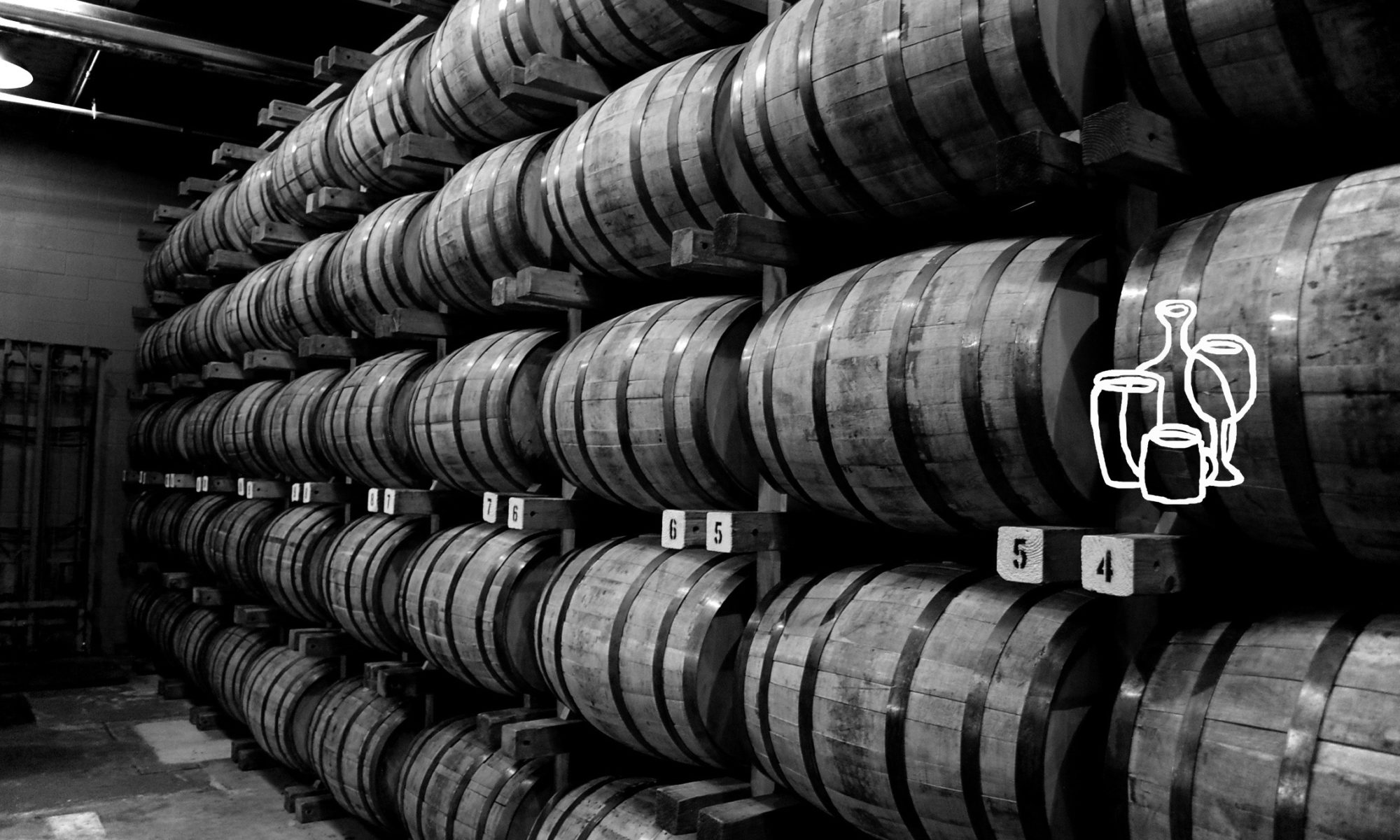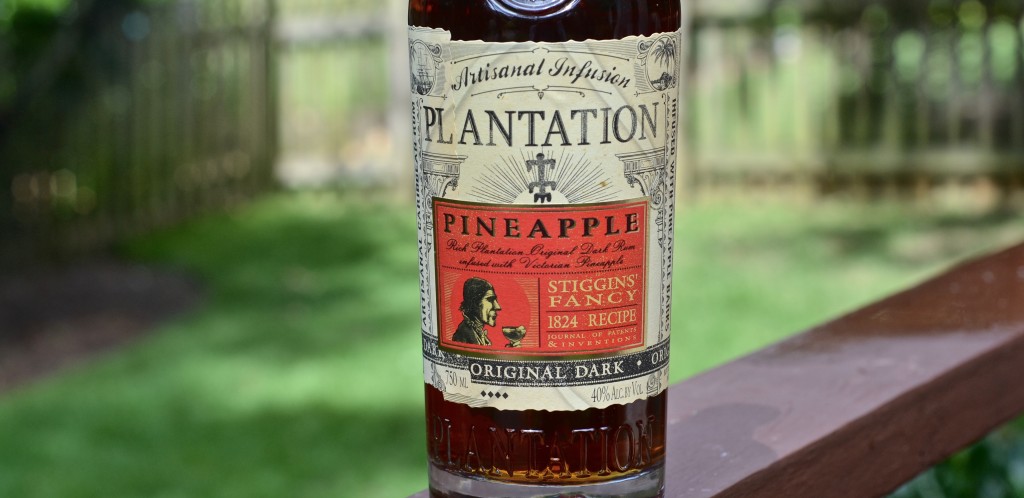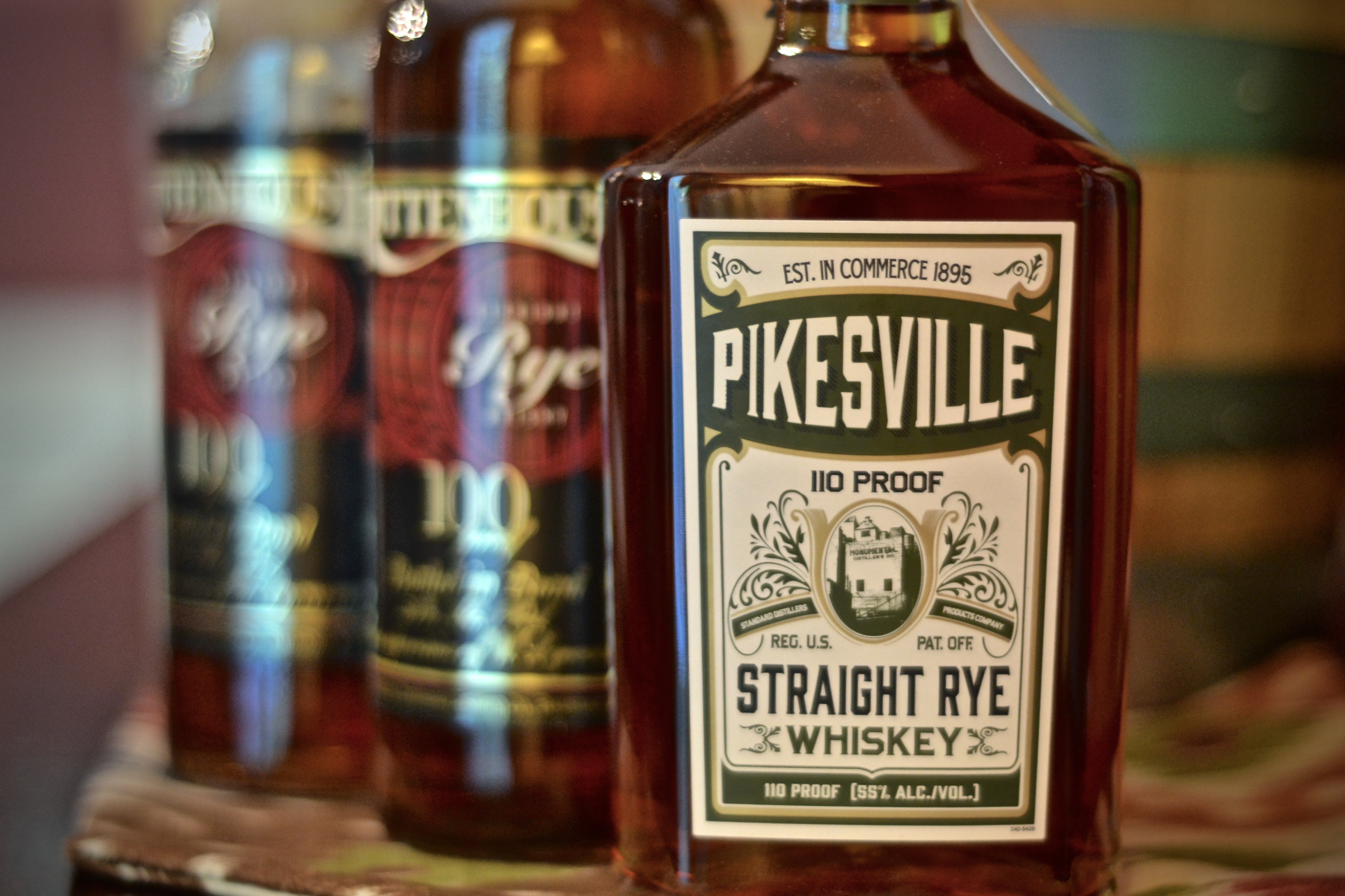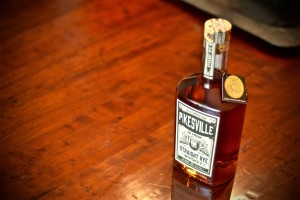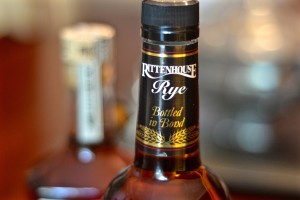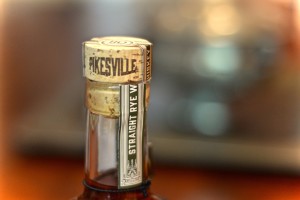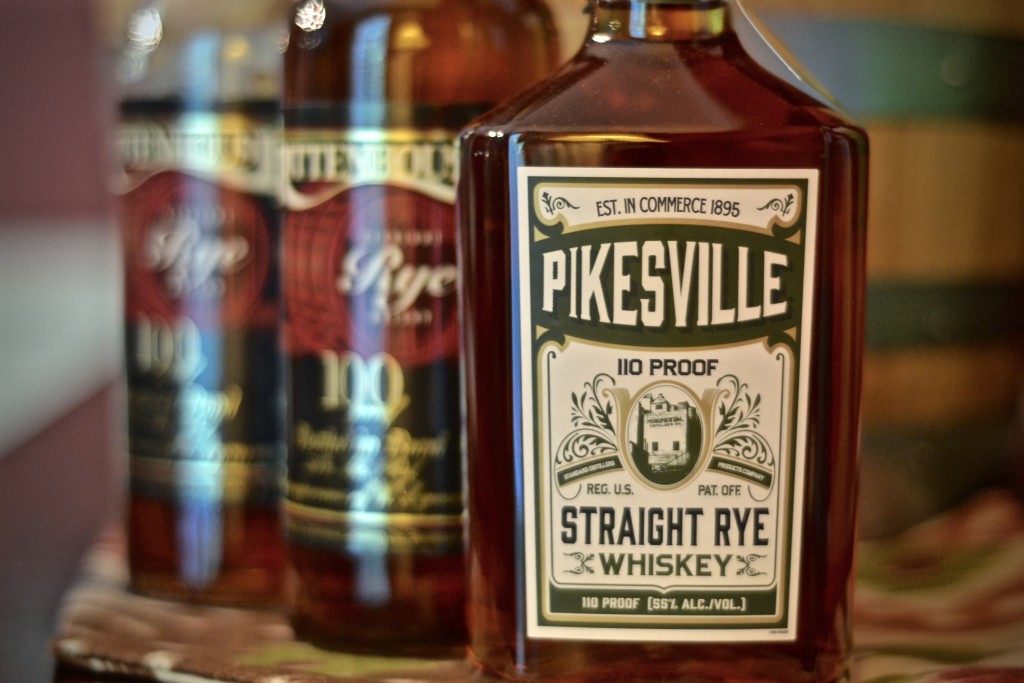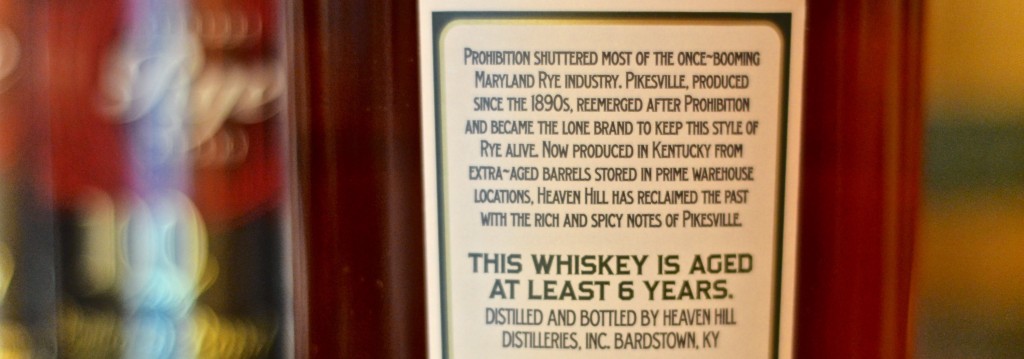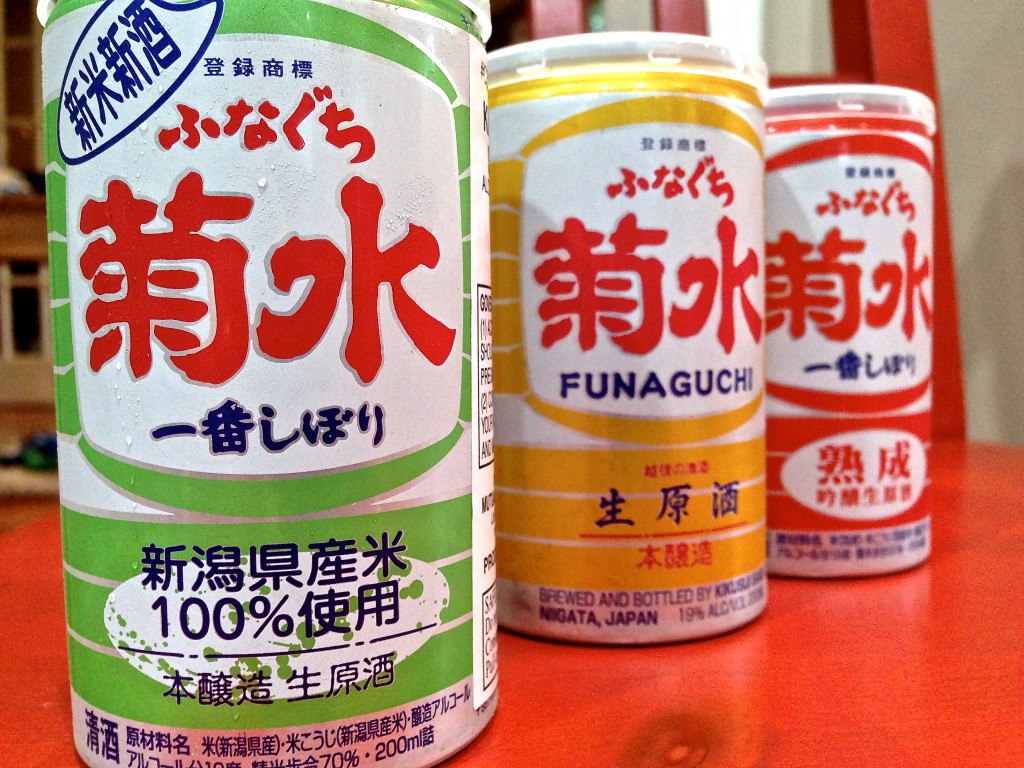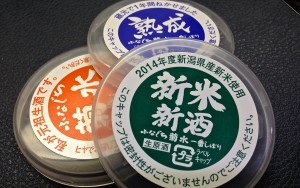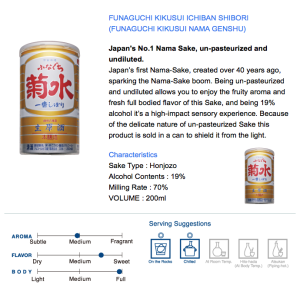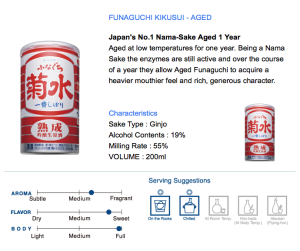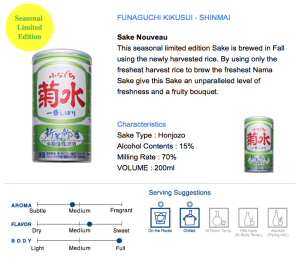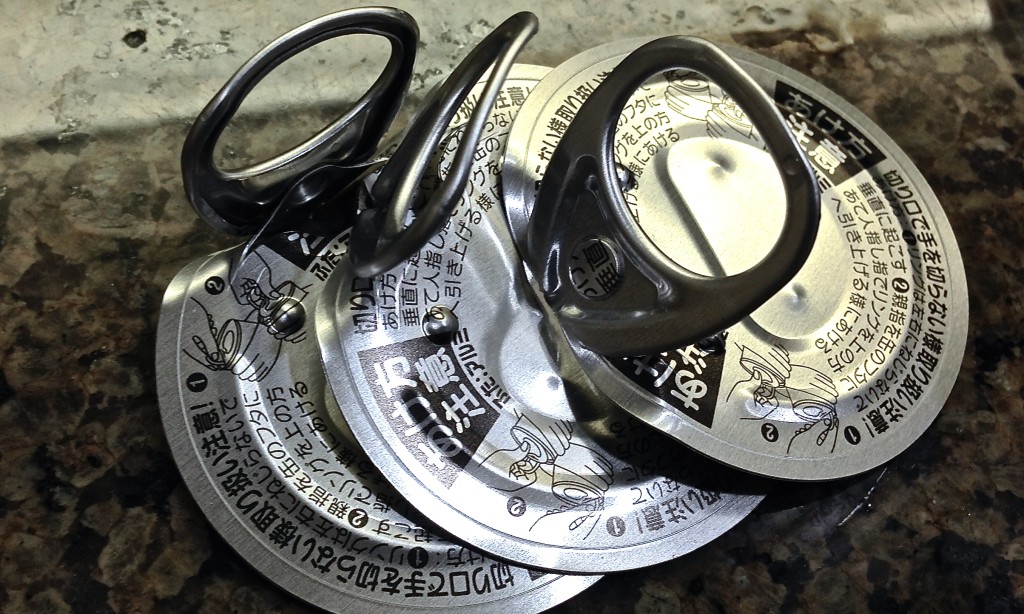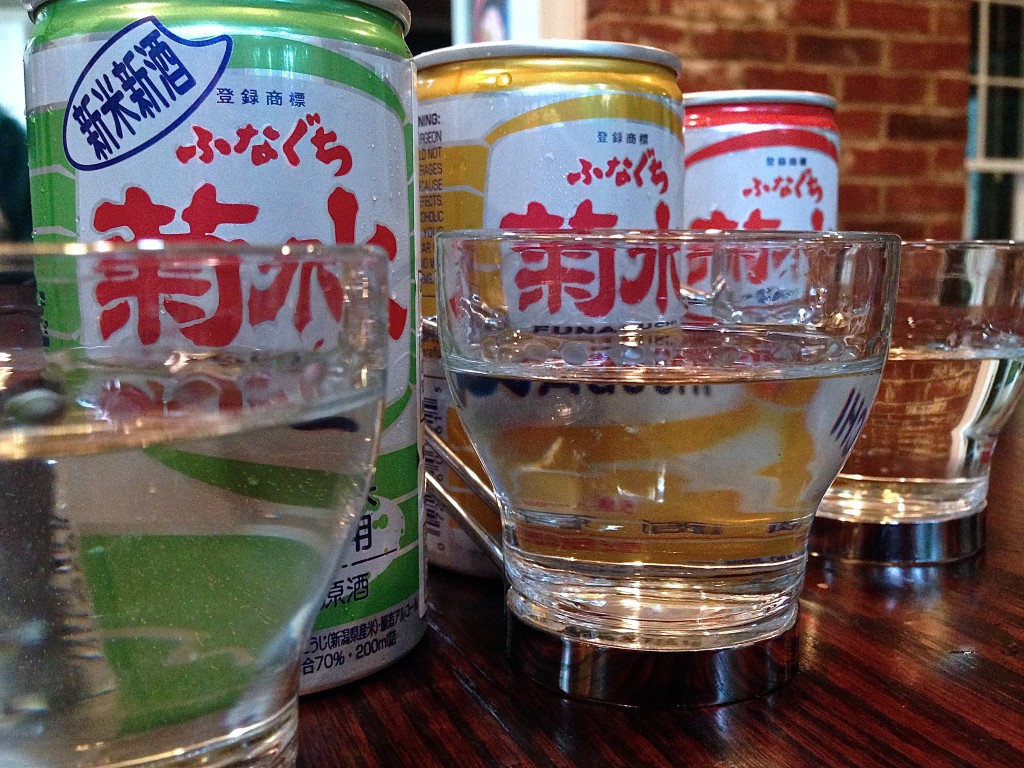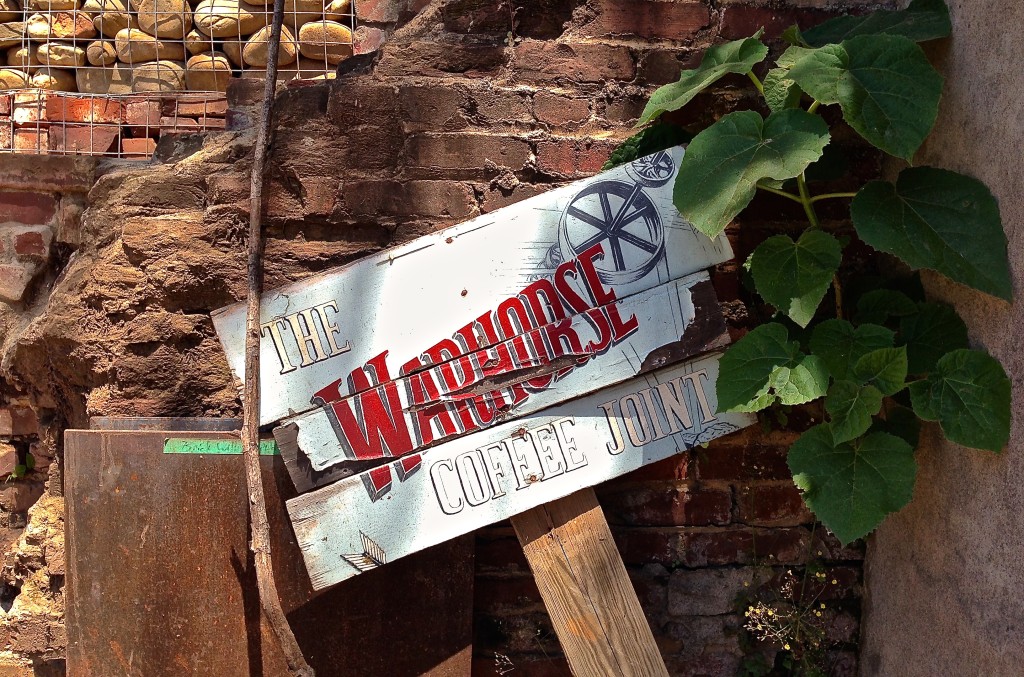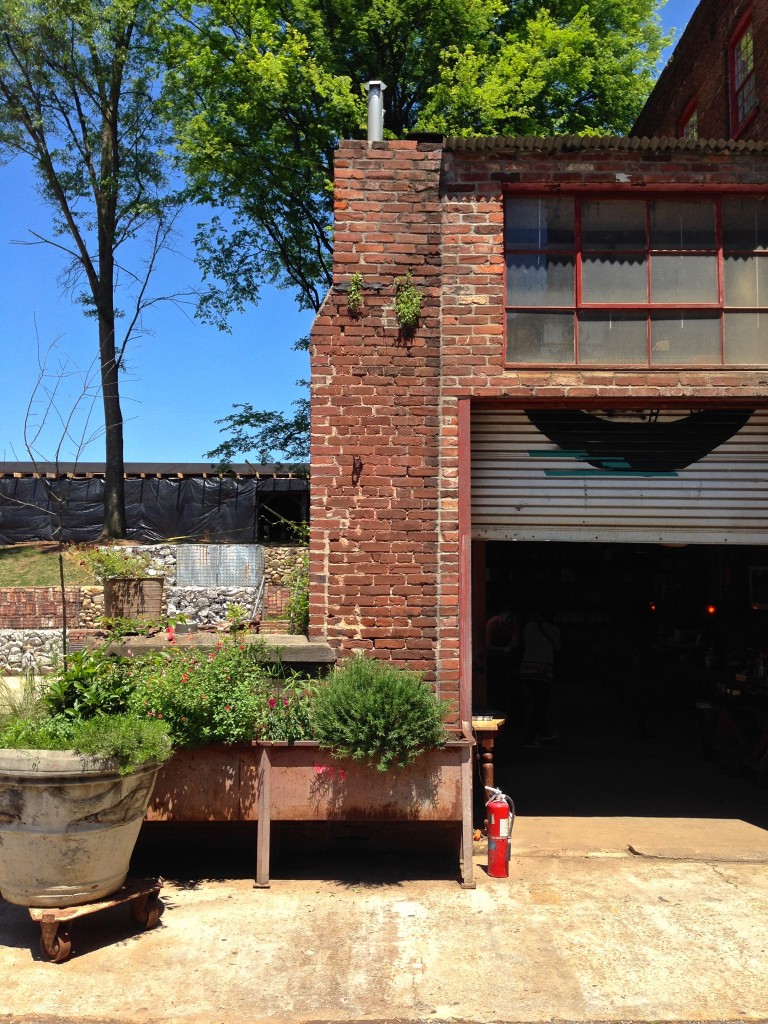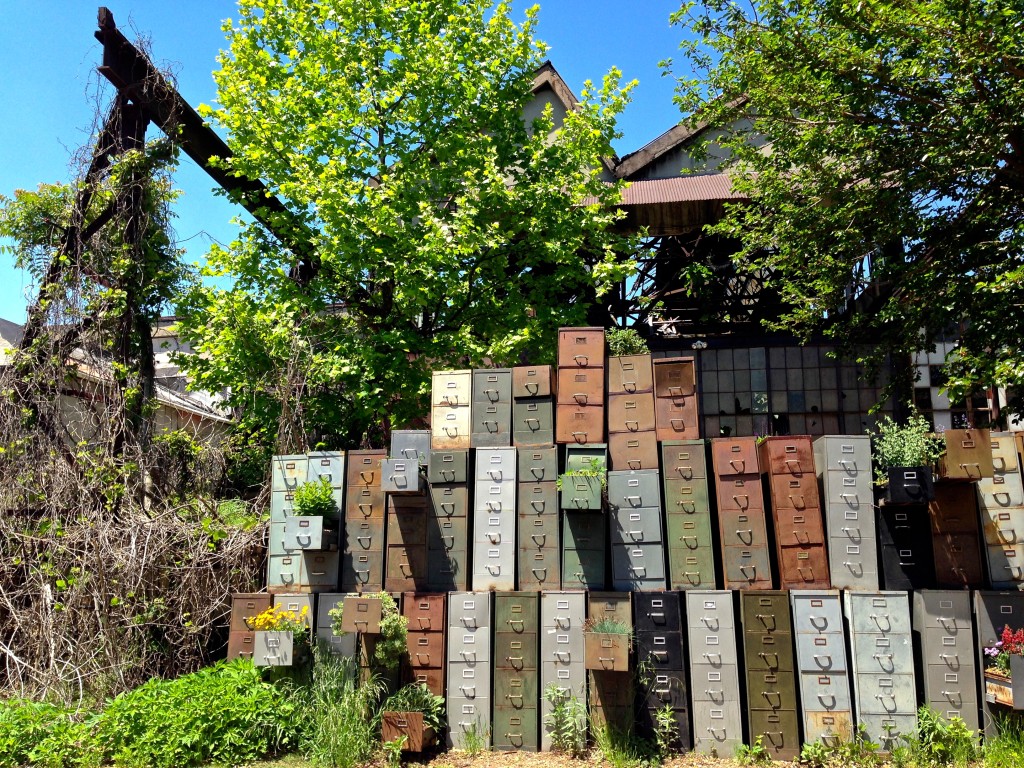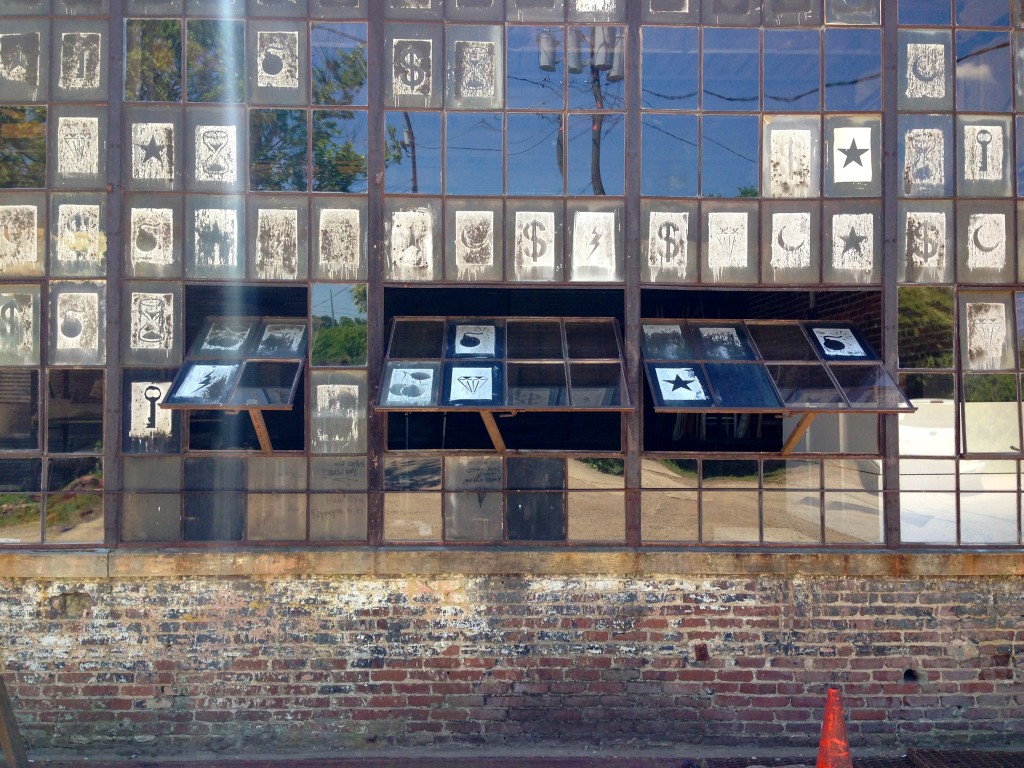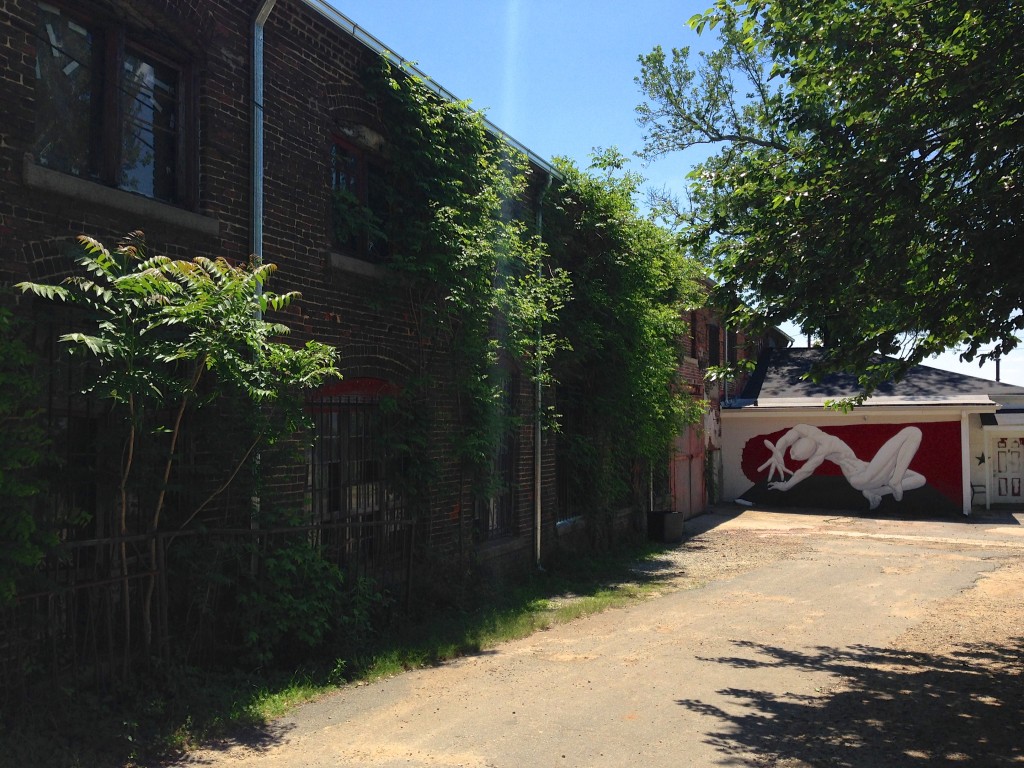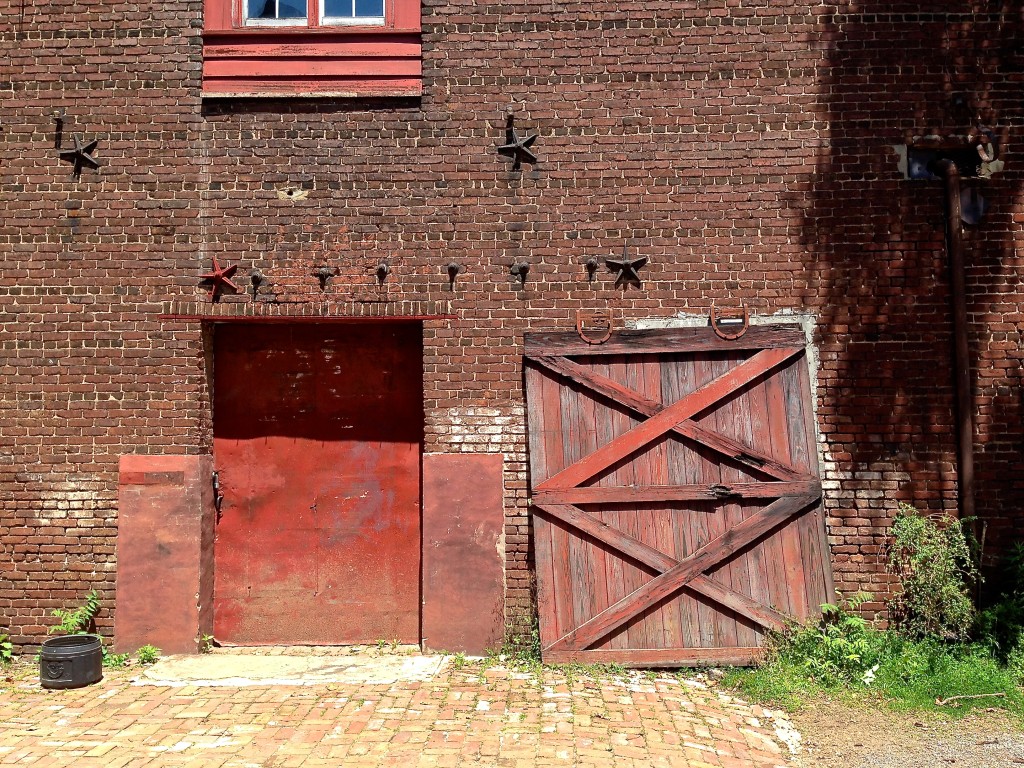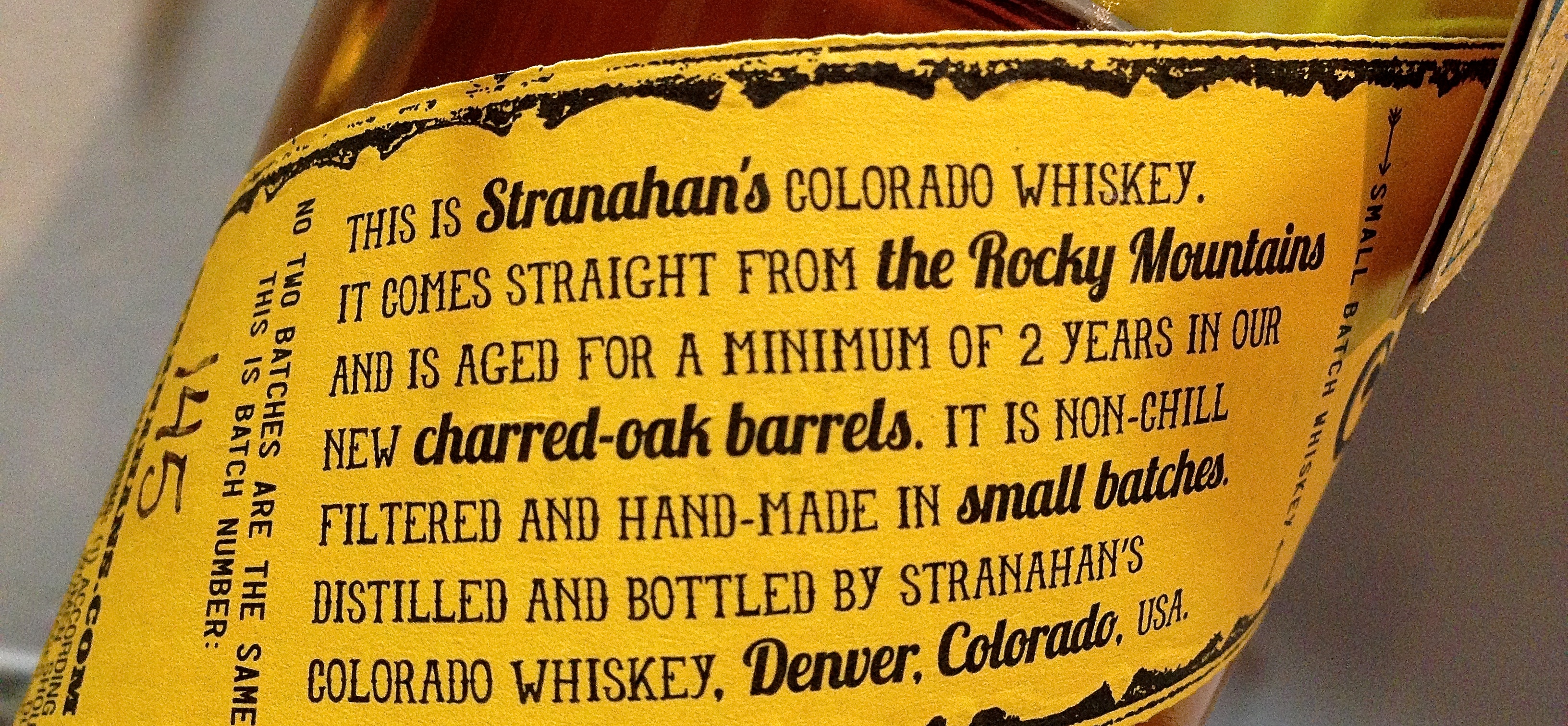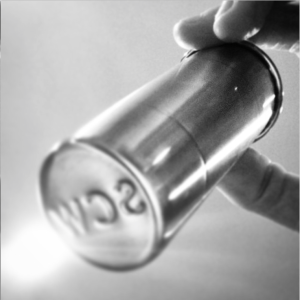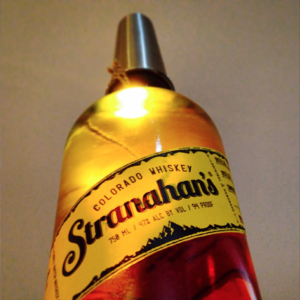What the what is David Wondrich up to? The celebrated drinks historian, punch enthusiast, and beard-grower has teamed up again with Alexandre Gabriel of Maison Ferrand (owner of Plantation Rum, and previous partner with Wondrich on Pierre Ferrand 1840 Original Formula Cognac and Dry Curacao) to… well, to do something involving pineapple and rum. Before you read the rest of this, let’s take a quick multiple choice quiz. A pre-quiz, if you will.
Plantation Stiggins’ Fancy Pineapple Rum is:
a) A blend of Trinidad brown rums matured in young bourbon casks, infused with Queen Victoria pineapples for three months, and further mixed with a distillate of macerated pineapple rinds and white rum (“a bright pineapple essence to blend with the lushness of the infused rum”) before a final rest in the barrel
b) A drink inspired by the favorite tipple of one Reverend Stiggins, who was a character in Charles Dickens’ Pickwick Papers
c) A “liquid thank you” to the members of the apprentice program at Tales of the Cocktail (an annual bar and spirits industry event held in New Orleans)
d) A throwback to original pineapple rum recipes found in the 1824 English Journal of Patent and Inventions, and the 1844 Journal of Agricultural Society
e) All of the above
If you guessed a), you are absolutely right, but I could say the same thing for every other choice. Yes, the true and astonishing answer is that Plantation 1824 Pineapple Rum is all of those crazy things. Thank you Messrs. Wondrich and Gabriel.
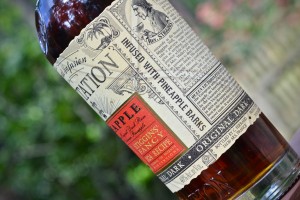 This stuff is crazy, and wonderful, and absurd, and absolutely worth seeking out. It was initially planned as a 1000 bottle limited run, focused on the insider crowds attending Tales of the Cocktail last year, but the reception has apparently stoked the flames to extend the run of Pineapple Rum. I was lucky enough to pick up a bottle at H&F Bottle Shop (though I paid $38, a good bit above what other national retailers like K&L carry it for) before it quickly left their premises.
This stuff is crazy, and wonderful, and absurd, and absolutely worth seeking out. It was initially planned as a 1000 bottle limited run, focused on the insider crowds attending Tales of the Cocktail last year, but the reception has apparently stoked the flames to extend the run of Pineapple Rum. I was lucky enough to pick up a bottle at H&F Bottle Shop (though I paid $38, a good bit above what other national retailers like K&L carry it for) before it quickly left their premises.
The first thing you’ll notice if you get your hands on a bottle is that Wondrich, ever the writer/historian, has packed the label with all kinds of stories and background (in fact, the label was the source for the above quiz). A quick read will inform you that Dickens’ Reverend Stiggins, “preferred to take his ‘warm’ (i.e., with a splash of boiling water), with three lumps of sugar to the tumbler.” This is where Reverend Stiggins and I part ways, as this Plantation Rum requires no water, nor sugar. Here are the notes…
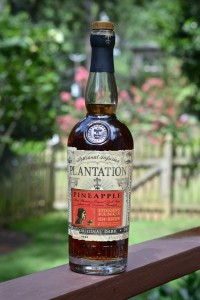 Plantation Stiggins’ Fancy Pineapple Rum
Plantation Stiggins’ Fancy Pineapple Rum
Artisanal Caribbean Rum Infused with Pineapple Barks, AKA Rich Plantation Original Dark Rum infused with Victorian Pineapple, Stiggins’ Fancy 1824 Recipe
80 Proof, Approx. $30-$40 Retail
Tasting Dates: July 21 – 23, 2015
Thirsty South Rating: Excellent*
At first glance, this is clearly rum of the dark variety, in this case a lovely shade on the amber side of mahogany – not that that tells you much, but we know it is both aged and infused (btw, a great name for a band or movie – “aged and infused”).
Taking it in neat, wow… there are the typical dark rum notes of molasses, toffee and deep honey on the nose, but a pineapple-petrol blast then pours forth, a little banana, a hint of clove, a graham cracker-like toasty note, a touch of vanilla from the barrel. Fascinating stuff, powerful without hitting you over the heard or being too blunt/obvious.
Sipping, lush is the word. Sweet tropical fruit (but again, there’s an elegance to it) that starts rich and ripe, then goes clean and crisp in the mid-palate, then shifts again to a long pleasantly warm, rich finish. The pineapple is there, but it’s also kind of hiding in plain sight behind the dark rum itself – once you know to look for it, it’s totally obvious, but if you had no idea what you were getting into, you might guess all sorts of tropical fruit were playing a part in this. It’s a fabulous sipper all by itself – don’t even bother with a cube of ice unless the summer heat suggests it.
And speaking of heat, I tried Reverend Stiggins’ preferred path of serving it warm, with a splash of boiling water (and then additional sugar). First, the hot water… if it’s winter time (or you’re in foggy London) and/or you’re nursing a cold or a sore throat, this is a lovely idea. The hot water smooths out the rum even further, turning it into a sweet, soothing elixir that is sure to cure any ills. But, please, leave out the additional sugar, which just as surely may lead to a rotten tooth or possibly even diabetes.
Beyond sipping neat, this stuff is made for adventurous cocktail exploration. I’ve seen a few interesting recipes passing around online – using it as the base for an Old Fashioned variation, or really using it anywhere a more tropical side of dark rum or even bourbon would make sense. Me? I have a hard time doing anything other than enjoying every single sip right from the bottle.
Click through the photos to read the stories on the labels:

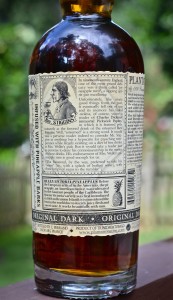
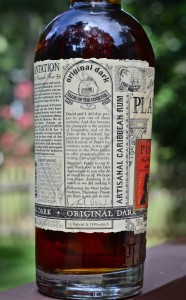
*******************************
